It was a glorious summer day that only the Southern Gulf Islands can provide. Beautiful blue water, a refreshing breeze, and — after hand-hauling a prawn trap set in 250 feet of water off of Salt Spring Island — we knew we were going to feast that night.
We were on the Elinor, a vintage 25-foot cabin cruiser that we’d bought in a rush, and we’d dropped off the trap before slowly circumnavigating the essentially co-joined Penelakut and Thetis islands. In beautiful surroundings, with rugged rocks, rich evergreens and reddy-brown Arbutus trees, our boat’s stout little 36-horsepower diesel thrummed along, pushing us along at about 11 kilometres an hour.
We couldn’t believe how fortunate we were.
My wife and I are water people. She’s a competitive rower and I’m a competitive paddler. She worked on a commercial fishing boat in Alaska back in the day, and I was in sea cadets. She’s worked on sailing charters in the BVIs and I’ve sailed all manner of boats, ranging from tiny sabots to 32-foot wooden cutters. We both have our Power Squadron certificate, our Small Vessel Operators Certificates, our radio licences and marine safety courses.
Despite all that, we were still nervous our first time afloat in our new-to-us 25-foot power cruiser.
The summer of 2020 was like no other, and a sudden change in employment meant that we had to cram, with little notice, an instant vacation on the water.
We had just bought a 40-year-old Albin 25, a very stable Swedish-made boat with a cute aft-cabin and a fairly roomy fore-cabin, complete with galley and washroom.
The first thing was to find temporary mooring in Victoria and move it from its home at the CFB Esquimalt Powerboat club to an overnight docking space at a local hotel. Motoring around Victoria’s Inner Harbour is a serious business. It’s one of Canada’s most active airports, with float planes landing every few minutes. It’s also full of commercial and pleasure boats, several float home communities, many water taxis and a shipyard nearby. The rules of passage are therefore strict, and there’s a harbour patrol boat there to ensure that people stay within the law.
Docking went fairly well, and then we provisioned the boat and left it overnight.
With just a three-cycling 36-horsepower engine, the Albin doesn’t go anywhere fast, so we had to consult a current atlas and tide charts to plan our departure so we could coast with the tide as much as possible as we made our way toward Nanaimo.
We left our berth about noon, fueled up, and headed out into four-foot waves and a cold summer wind as we rounded the breakwater.
We’d lashed a canoe to the roof as our tender. Would it hold? Dishes rattled around the galley as the boat heaved with the waves.
We were glued to the radio and the Lowrance, and we had paper charts as well.
Maple Bay Marina was our destination, and we knew it was going to take about seven hours to get there, but first we had to get round the Saanich Peninsula, past the BC Ferries Dock, and through Sansom Narrows before we attempted docking for the second-time ever.
As we passed Chatham and Discover Islands near Cordova Bay, a large powerboat aimed straight at us, and then veered off past our stern.
With that hazard past us, we were focused on what was in front of us, when we saw blue lights flashing.
It was the police. The RCMP’s marine unit intercepted us for a safety check.
Did we have the right paperwork? Um, basically. Was the boat registered with the Coast Guard? Yes, but not under our names. Did we have life jackets? For sure. A horn? Yup. Flares? Yes lots of them. Were they less than two years old?
We dunno. They have dates?
Turns out they were expired, being just slightly older than required. Luckily, we weren’t ticketed, and we were allowed to go on our way. It was a sobering experience, but somehow comforting. It was good to know that the RCMP was enforcing safety and licensing standards.
As we approached Sidney, the water was littered with crab and prawn traps, power boats and sailboats were everywhere, and a large tug and barge shared the channel with us.
For us, every marker was meticulously observed and we watched the bottom like a hawk. Some of the rocks in the water along the coast are not visible, and we did not want to plant ourselves on any one of them.
We passed the busy BC Ferries dock and made our way along with Salt Spring Island to our right and Vancouver Island to our left, dealing with the currents, churn and debris in Sansom Narrows and eventually docking at Maple Bay.
What followed was days of prawn and crab fishing, learning how to set a trap in nearly 300 feet of water and then haul it up by hand.
We cruised through Dodd Narrows, and made our way between Mudge Island and Gabriola Island, spending our nights on a mooring ball and eventually taking the boat to a Nanaimo marina for servicing.
So what did we learn?
We learned that despite a lifetime on the water, and many years of experience with small boats, including power boats, cruising, while incredibly rewarding, is potentially dangerous. Our radio was filled full of chatter between the U.S. and Canadian Coast Guards, and boaters who had run aground, run out of fuel, had engine failure or were taking on water.
We learned that book-learning is far different than actually doing, but our beautiful coast is best seen by boat.
Making your way along at about 11 km per hour requires patience and planning, and we love it.
Having a slow boat beats having no boat, and like all boat owners, we’re thinking of getting something a little bigger and faster.
***
Paul Bucci is a Victoria journalist and editor with Triumph Social Media Marketing.

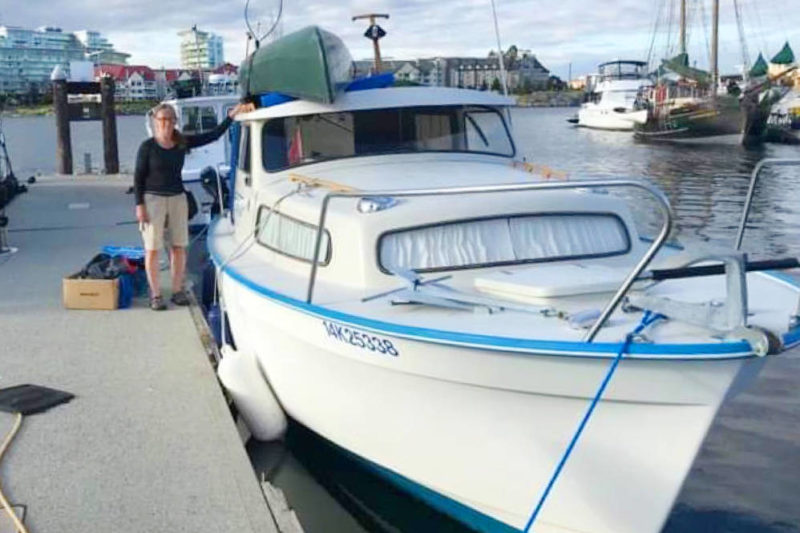
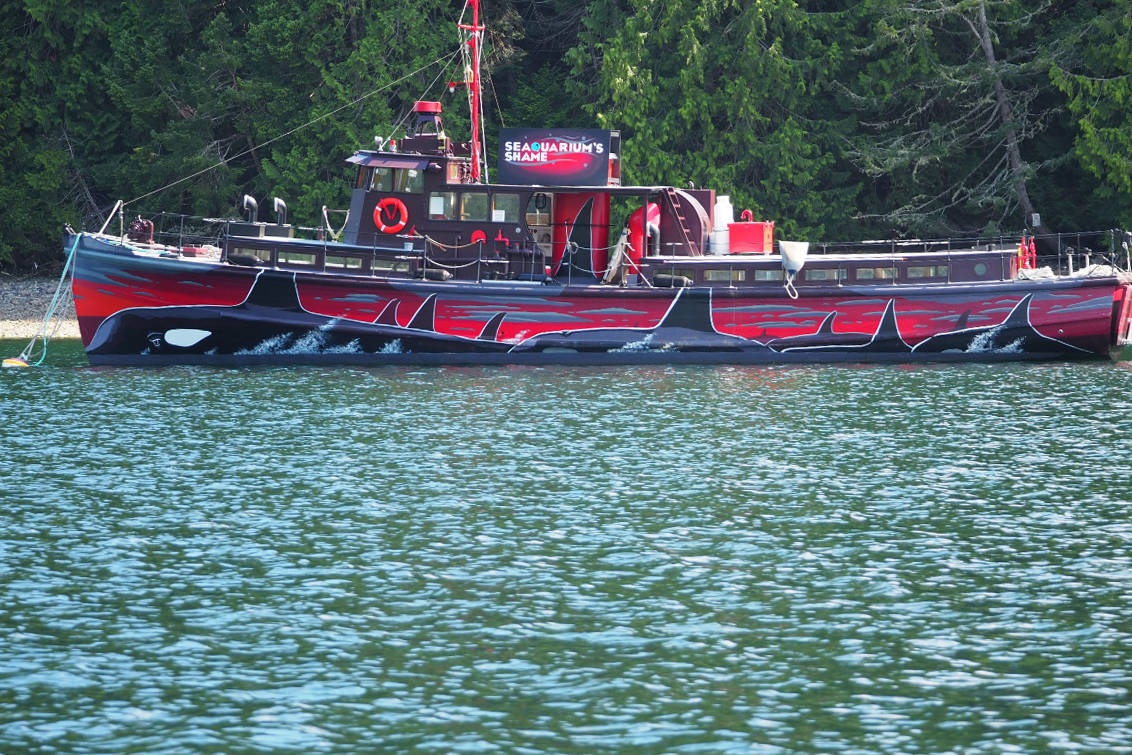
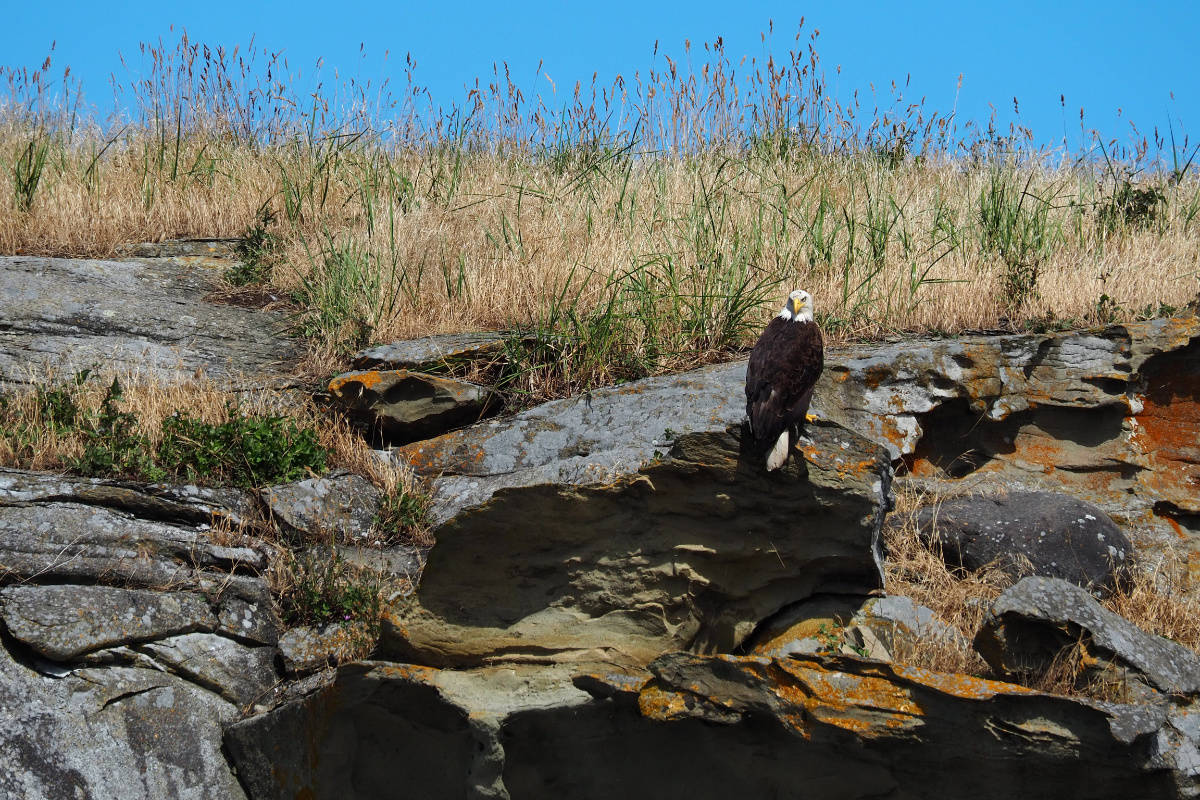
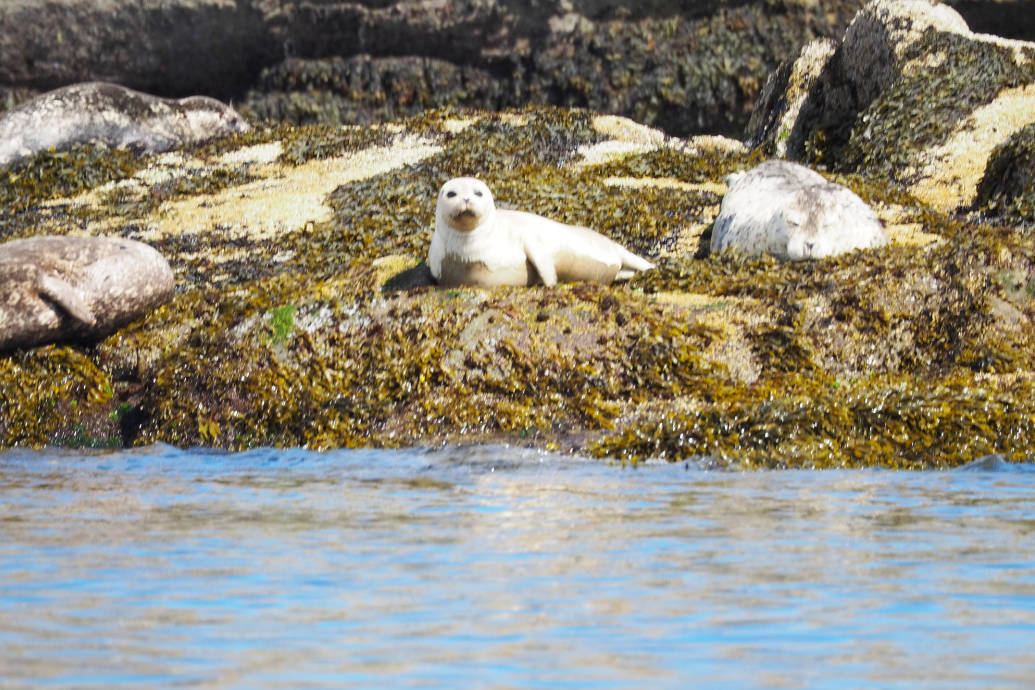
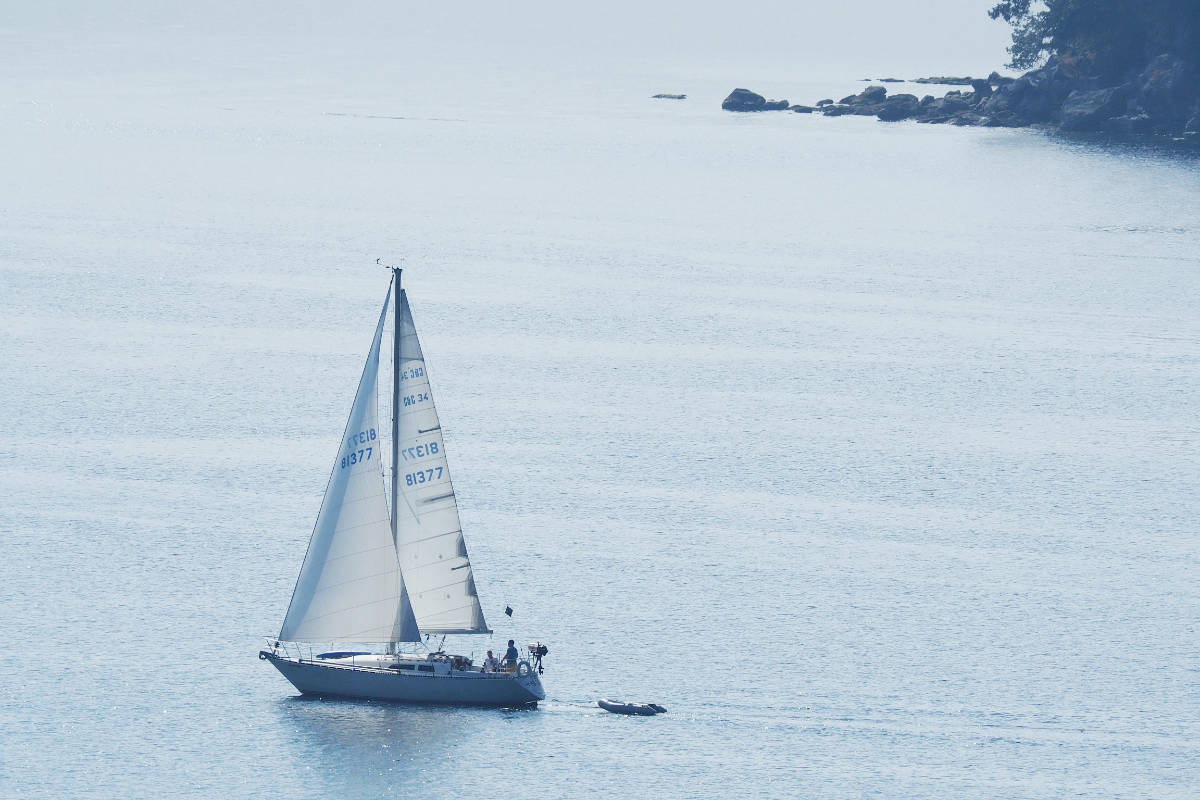
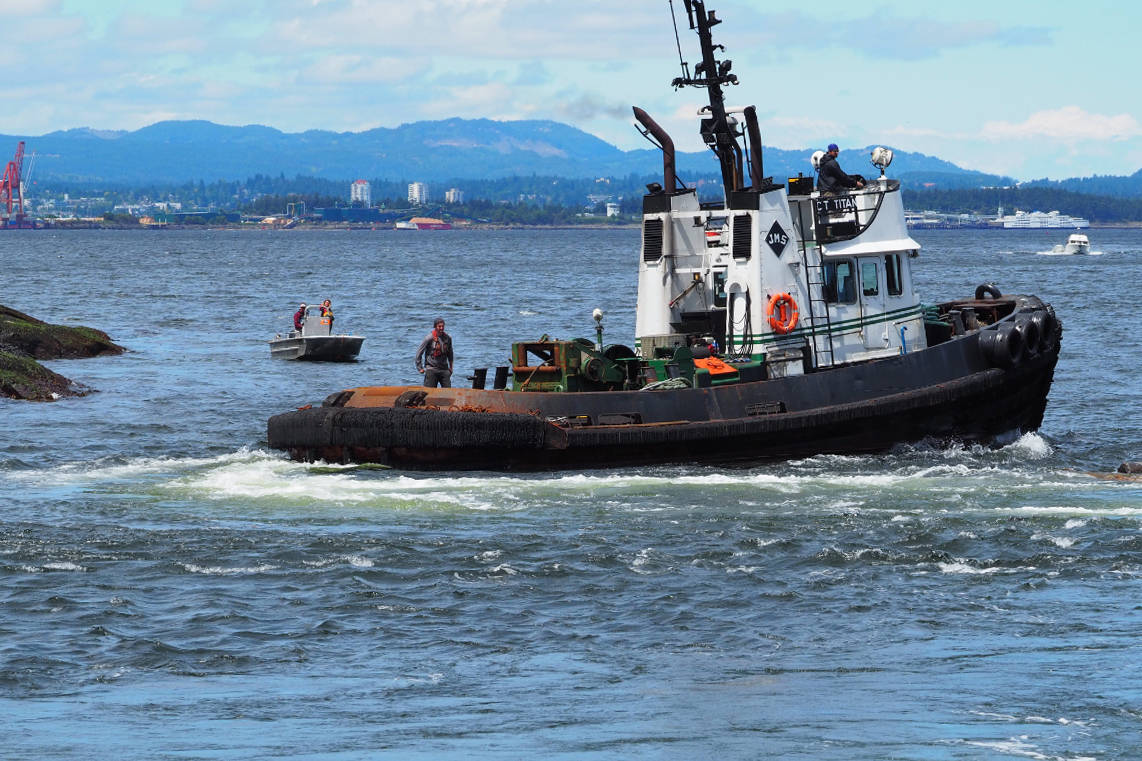









 Get your crush on for BC wines
Get your crush on for BC wines